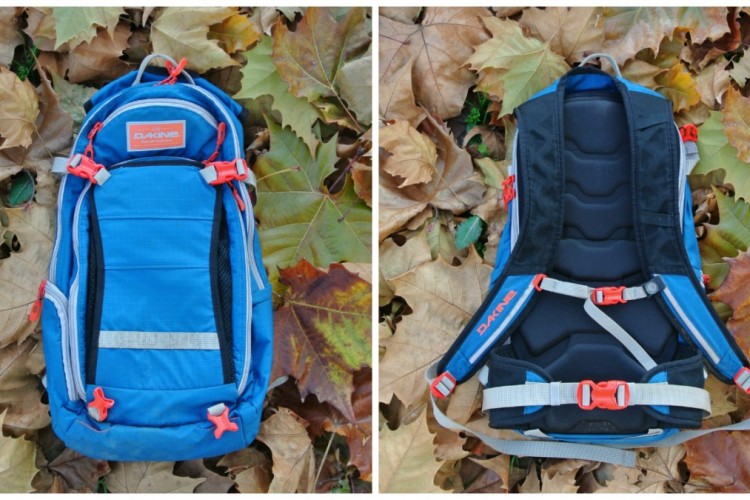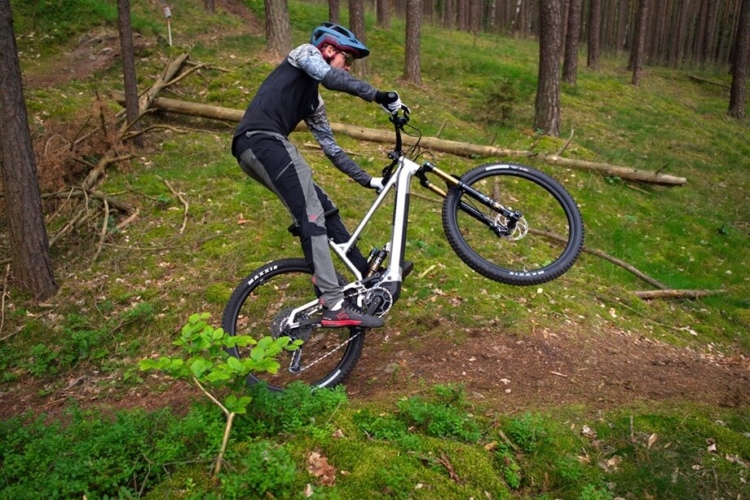Water is heavy.
More specifically, water weighs one kilogram per liter, which means carrying 3L of water in a hydration pack on your back is like hauling around a 6.6lb. newborn baby. For many riders, overall water carrying capacity limits ride lengths, particularly on hotter days. If you’re riding in an area with reliable water sources, there’s no need to let your hydration carrying capacity limit your stoke: just make your own water!

Bikepackers are familiar with the concept of purifying drinking water during the ride, but many of the solutions below can be used on everyday rides. Most solutions are surprisingly inexpensive and don’t take up a lot of room in a pack. Most importantly, all offer an infinite supply of hydration at a reasonable weight.
Water filter

Mechanical water filters have been used by backpackers for decades, and the ones on the market today are pretty great. Pump-style filters make quick work of processing a large volume of water while bottle-based filters are generally less expensive and easier to use, but slower. There are even drinking straws with filters built in, allowing users to slurp water directly out of a stream.

Water filters not only remove particulates and cloudiness, they also purify water by removing 99.9999% of bacteria and 99.99% of protozoa to EPA standards. These tend to do the best job at providing clean-looking and good-tasting water from nearly any source. The least expensive filters are best for emergency use, while more robust filters can be used to purify larger volumes of water over many years.
- Pros: Produces the best tasting water from virtually any source. Some are very compact and convenient.
- Cons: Most expensive up-front cost. Can be slow or complicated to use. Filter must be replaced periodically.
Recommended filters:
- LifeStraw ($19.95)
- Sawyer Micro Squeeze ($27.95)
- Katadyn BeFree collapsable 1L bottle ($44.95)
- MSR Trailshot ($49.95)
- Katadyn Hiker Pro ($84.95)
- MSR Minworks EX ($89.95)
UV treatment

Mountain bikers can use UV pens and specially-outfitted water bottles to sterilize water along the trail, making it safe to drink. While UV is effective at purifying water (that is, making it safe to drink), it doesn’t do a thing for taste or color. For riding in areas where water sources tend to be shallow or even fairly stagnant, a UV purifier may not be the best option. If the water is too gross to swallow, it doesn’t help with hydration.
Like UV purifiers, an electrolytic water purifier is battery powered. However, electrolytic purifiers rely on a brine solution and an electric charge to neutralize toxins rather than UV light.
- Pros: Generally quick and easy to use. Safe and effective.
- Cons: Expensive up-front cost. Doesn’t filter out sediment, odors, or cloudiness. Battery powered.
Recommended electric purifiers:
- Steripen Classic ($79.95)
- Portable Aqua Pure Electrolytic Water Purifier ($99.95)
Chemical tablets

Chemical tablets for treating drinking water generally use either iodine or chlorine to kill harmful germs and bacteria. They’re inexpensive, lightweight, and effective, though they are best reserved for occasional or emergency use since large doses of these chemicals may be harmful. Not only that, many leave a harsh taste in the water and do nothing to filter sediment or remove odor.
- Pros: Inexpensive, easy to use, and extremely packable/lightweight.
- Cons: Harsh aftertaste and they are generally unsafe for regular or extended use. These may expire as well, so it’s important to check them periodically if you stash them in a pack for emergency use.
Recommended tablets:
- Portable Aqua iodine tablets + taste neutralizer ($11.95)
- Aquamira ($16.95)
- Aquatabs ($9.95)
Boiling

Boiling water as a means of purification is a method that has been around for a very long time, though in general mountain bikers shouldn’t rely on this method. Stashing a book of matches or a lighter in a pack is a good idea for keeping warm in an emergency, but it won’t help with water purification without a mug or pot. These are heavy and bulky, so unless you’re already carrying a fire-proof water vessel — say on a bikepacking trip — don’t rely on this method. And even if you do plan on boiling water for purification, keep in mind that the process is slow and doesn’t remove sediment or bad taste.
- Pros: Pioneer-approved method. Inexpensive.
- Cons: Slow, requires bulky equipment, and doesn’t remove bad taste or cloudiness.
Carrying a lot of water on a big mountain bike ride can be a drag, and in some cases, limits riders’ range. By investing in one of the water purification methods above, it’s possible to stay hydrated indefinitely in areas where reliable natural water sources exist.











5 Comments
Aug 22, 2019
Aug 23, 2019
Aug 23, 2019
Aug 24, 2019
Aug 24, 2019